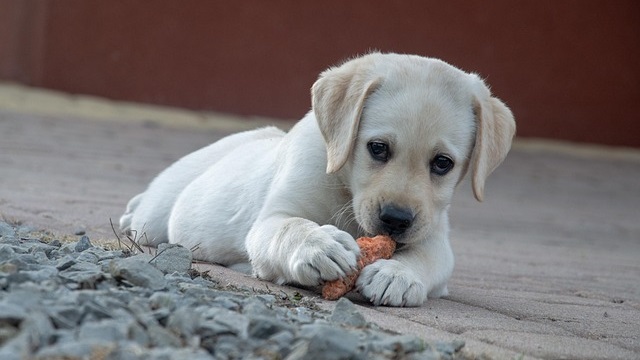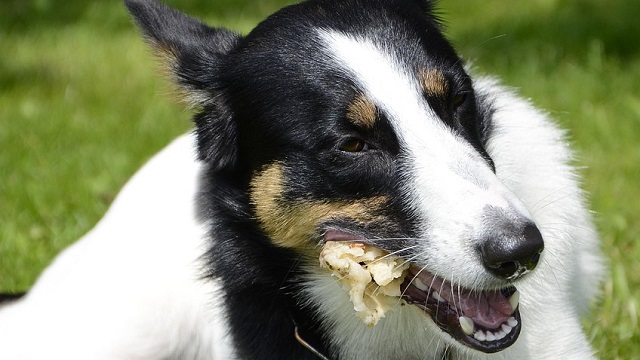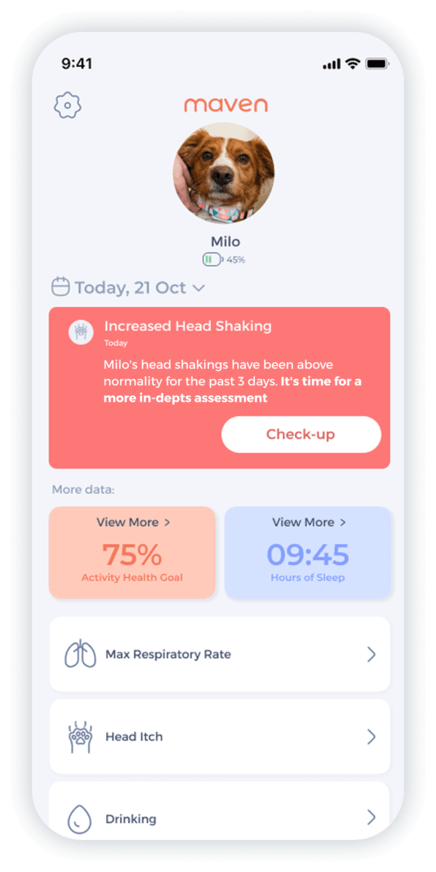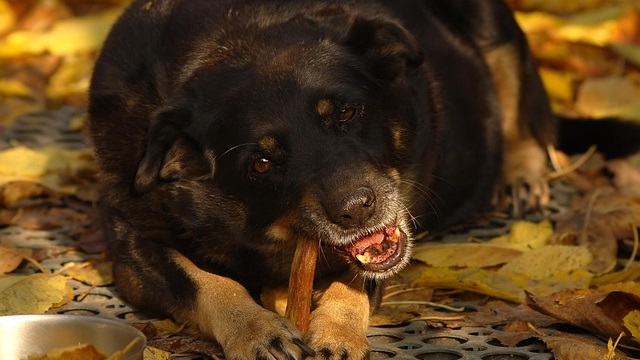Dog Diabetes Diet: Vet Tips for Managing Blood Sugar (Vet Verified)
A carefully balanced dog diabetes diet can keep the glucose levels low and improve the overall health of your pooch. It’s not just shots of insulin that keep diabetes mellitus in check. It’s the food they eat that makes all the difference. Let’s check out some of the most comprehensive diet plans for dogs with diabetes, what you need to look for when preparing your dog’s meals, and more.
Key takeaways:
- Diet is a core part of diabetes management.
- A balanced diabetic meal includes lean protein, fiber, controlled carbs, and moderate fat.
- Portion sizes matter just as much as ingredient choice.
- Always involve your veterinarian when making diet changes.
- Maven Pet’s dog health tracker helps you catch early changes that matter.
Understanding Dog Diabetes and Why Diet Matters

Dog diabetes is a medical condition that happens when the dog’s body can’t properly use or produce insulin, so glucose builds up in the bloodstream. That’s why diabetic dogs often drink more, pee more, lose weight, or seem hungry all the time.
When a dog eats foods that digest more slowly, especially those with higher fiber and lower glycemic impact, the glucose rise after a meal is much gentler, so it will be easier for insulin to “match” it.
What Should a Dog’s Diabetes Diet Include?
A diabetic dog food menu should be a combination of protein, low carbohydrates, fiber, and just a little bit of fat. Here’s what constitutes a proper meal for a diabetic dog.
High-quality Protein
Chicken, turkey, or well-trimmed beef are lean proteins and a foundation of pretty much every veterinary-formulated diabetic diet. These not only help dogs maintain muscle mass and build it, but they are also low-glycemic foods that don’t spike sugar levels.
Fiber
Fiber is good for slowing digestion, which in turn helps keep glucose levels steady after meals. Oats, barley, and certain legumes are good for that purpose, but make sure to keep the quantities in check, especially since we know fibre can also lead to some gastrointestinal issues.
Low-glycemic Carbohydrates
Carbohydrates are not off the table, especially sweet potatoes, lentils, and whole grains, all known for slowly releasing glucose, which helps stabilise blood sugar. That said, the quantity and the type of carbs should still be monitored.
Moderate Fat
Fat can provide energy without spiking glucose, but you must ensure your dog doesn’t consume too much fat since dogs with diabetes are susceptible to pancreatitis. This means fatty meats and rich treats are off the menu.
Consistent Portions
Giving the same portion size at the same time each day helps keep the dog’s insulin needs predictable. Even healthy ingredients can cause problems if meal sizes swing wildly.
“I got the Maven sensor for my 14-year-old Chihuahua mix with heart and trachea issues. It gave me back peace of mind – I can track her RRR, BPM, drinking, and activity anytime and know instantly if something’s wrong. Highly recommend!”

★★★★★
Chiara De Luca
Titti
What Is Diabetic Dog Food?
Diabetic dog food is simply food that’s been designed to keep a dog’s blood sugar on track. Instead of ingredients that digest quickly and send glucose soaring, these diets use slow-burning carbs, ample fiber, and lean protein. The idea is to make each meal work with your dog’s insulin rather than against it. If done right, this type of food can keep your dog full for hours.
Benefits of a Low-Glycemic Dog Diet
A low-glycemic dog diet prevents sharp glucose spikes, which are detrimental for a dog with diabetes. Here are the most important benefits of such a diet:
- Smoother post-meal blood sugar
- More predictable insulin response
- Better long-term stability
- Improved satiety and weight control
- More energy throughout the day
Feeding Schedule and Portion Control for Diabetic Dogs

Most pups do best with two equal meals about 12 hours apart, paired with their insulin shots. This keeps food and insulin in sync so glucose rises nicely and predictably. For example, if your dog gets insulin at 7 a.m., breakfast should happen right afterward, and then repeat the same pattern in the evening.
Portion control works the same way. Diabetic dogs thrive on consistent amounts every day, because even small changes can nudge glucose higher or lower than expected. Now, when it comes to snacks, only those vet-approved ones are ok. However, they shouldn’t constitute more than 10% of the dog’s daily intake.
When to Talk to Your Vet About Diet Changes
“A well-planned diabetic diet helps stabilize your dog’s blood sugar levels and energy throughout the day — consistency is just as important as what they eat.” — Joana Babo, DVM, Veterinarian at Maven Pet
If you notice a sudden dip in appetite, unexpected weight loss, or new signs like your dog becoming extra thirsty and/or sluggish, that can mean the current diet isn’t pairing well with their insulin routine. This is where a pet health tracker can come in handy, especially in tracking the dog’s activity levels and thirst levels.
It’s also smart to check in with a vet before making big switches, such as moving from kibble to fresh food or adding supplements.
How Maven Pet Helps Track Health Changes in Diabetic Dogs
Maven’s dog health tracker gives you an easy way to spot early signs that your dog’s diabetes may be shifting. The collar tracks activity, rest, scratching, drinking habits, behavior patterns, and resting respiratory rate, then learns what’s normal for your dog.


Monitor heart rate, respiratory rate, activity & rest, drinking, itch behavior.
When something goes south, like sudden lethargy, restless nights, or increased drinking, Maven flags it so that you can catch potential glucose issues before they snowball. No GPS is involved, just continuous health monitoring that focuses on how your dog is actually feeling day to day.
For diabetic dogs, this kind of trend tracking is especially valuable. Excess thirst, energy dips, or unusual rest patterns often show up long before a visible symptom does. Maven logs these changes automatically and turns them into simple weekly or monthly reports on its pet health app, which you can share with your vet.
Conclusion
For a dog with diabetes, a low-glycemic meal plan paired with consistent portions helps keep blood glucose steady and the illness in check. The right nutrition, paired with insulin shots, can help even diabetic dogs live active, happy lives. Tools like Maven add an extra layer of reassurance by helping you spot changes early, so you can adjust course before problems grow.
Maven Pet focuses on improving the quality of life of our pets with technology, using artificial intelligence (AI) to enable proactive pet care. By accurately collecting and monitoring pet data 24/7 and flagging any irregularities, Maven Pet empowers pet parents and veterinarians to stay ahead of potential health issues, ensuring the well-being and longevity of our beloved companions.




